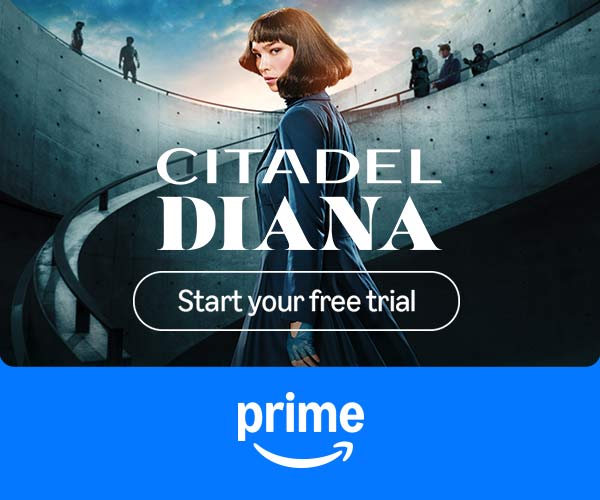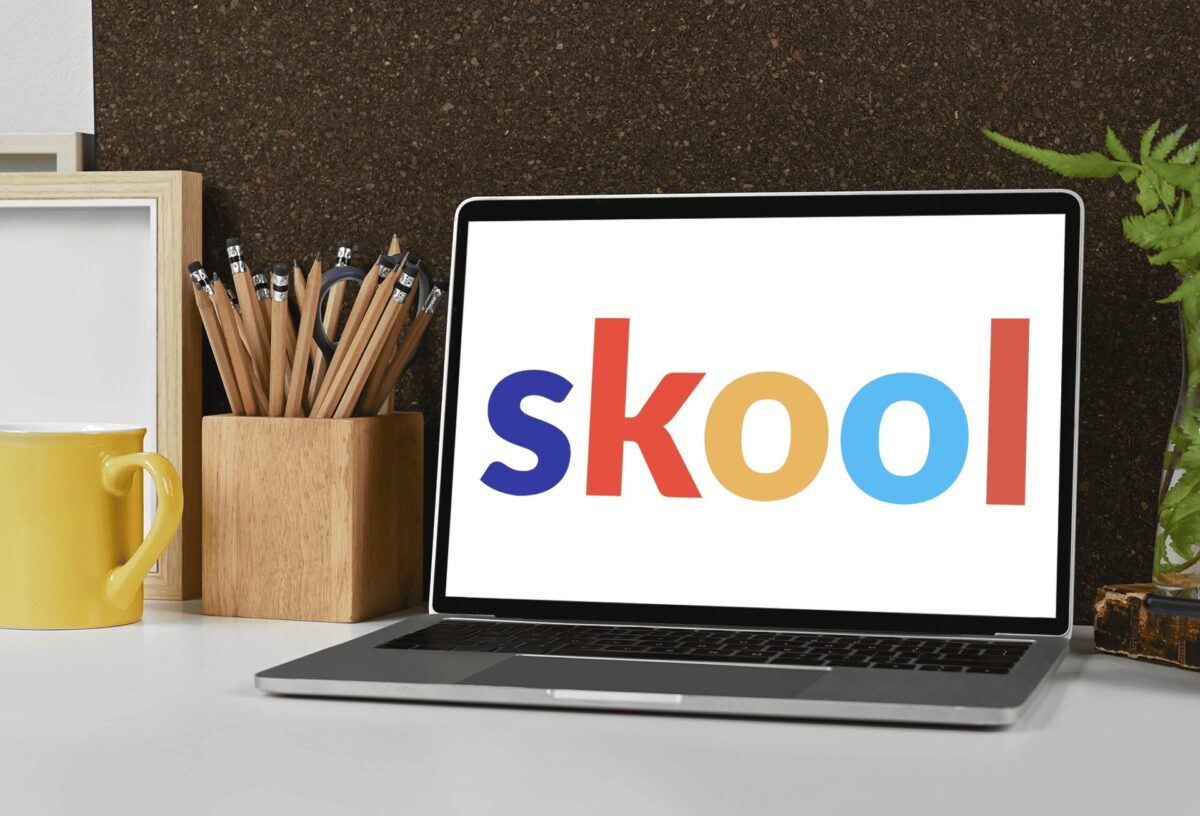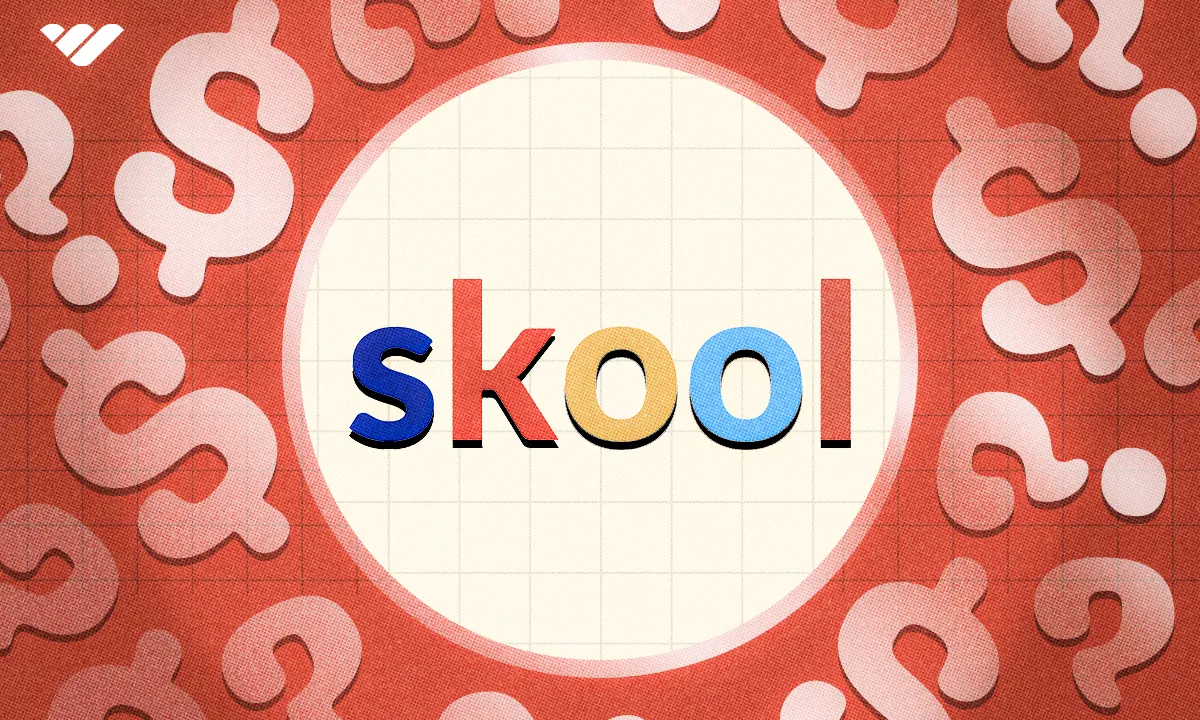Skool, the rising star in the world of online community platforms, has just made a major move that could reshape how creators and entrepreneurs launch their own communities. With the introduction of a new $9 per month Skool subscription, this platform is now far more accessible than ever before, opening the door to a broader range of users—from aspiring coaches to niche interest leaders and educators.
This pricing update dramatically shifts Skool’s value proposition. Previously, access to the platform required a flat $99/month commitment, which granted full access to features like course hosting, payment processing, and private group interaction. While this model worked well for established creators, it presented a significant barrier for those just getting started. With the new Skool $9 plan, even the most budget-conscious builders now have a viable path into the world of digital communities.
What does the $9 Skool subscription offer?
The $9/month pricing tier offers an attractive entry point for individuals or small teams testing the waters of community building platforms. While it does come with some trade-offs compared to the Skool Pro plan, the core benefits remain strong.
According to DiscoverSkool, the new plan still provides access to essential features such as:
- Hosting a private online community
- Basic course creation tools
- Member management
- Simplified payment handling
However, it’s worth noting that the $9 Skool plan may include limitations on the number of members, courses, or integrations compared to the full-featured $99/month tier. For new users, these constraints are unlikely to be deal-breakers, especially when the goal is simply to validate an idea or grow an audience organically.
If you’re looking for a detailed breakdown between the plans, this video walkthrough lays out everything you need to know about what’s included and what’s not.
Who benefits the most from this pricing change?
The new Skool pricing model is a game-changer for specific audiences. For creators in regions with lower average incomes or for those targeting price-sensitive communities, the lower monthly cost is an essential win. It allows for experimentation and early growth without the pressure of large upfront costs.
Communities built around niche topics or micro-coaching programs will especially benefit. Whether you’re a hobbyist launching a chess strategy group or a fitness trainer building a local accountability hub, the affordability of the $9/month plan gives you the freedom to create without overcommitting.
According to a Reddit discussion on r/Entrepreneur, many entrepreneurs expect Skool communities to trend heavily in 2024 and beyond. The simplicity of the platform, paired with its social-style engagement and monetization tools, positions it well to compete with older tools like Facebook Groups, Kajabi, or Teachable.
How can you subscribe to a Skool community or start your own?
Joining or creating a Skool community is a straightforward process. Here’s a quick step-by-step guide for both:
To join an existing Skool community:
- Receive an invite link from a community host or search for public communities via creator channels.
- Create a Skool account (or log in if you already have one).
- Subscribe or pay any required fee to join the group, depending on the host’s settings.
- Once inside, you can participate in discussions, take courses, and network with other members.
To start your own Skool community:
- Go to the official Skool platform and click “Start a community.”
- Choose your pricing tier: either the $9 plan for basic features or the Pro plan at $99 if you need full functionality.
- Set up your group name, branding, rules, and course modules.
- Invite your audience and start building content and conversations.
The onboarding experience is clean and intuitive, which is part of what makes Skool an attractive alternative to more complex tools. And with the flexibility to upgrade from the $9 plan as your community grows, you won’t feel boxed in if you start small.
Other News To Read
























